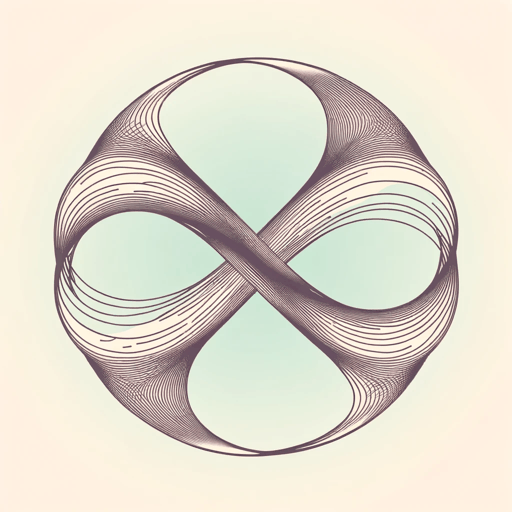38 pages • 1 hour read
Charles SeifeZero: The Biography of a Dangerous Idea
Nonfiction | Book | Adult | Published in 2000A modern alternative to SparkNotes and CliffsNotes, SuperSummary offers high-quality Study Guides with detailed chapter summaries and analysis of major themes, characters, and more.
Chapter 7-AppendicesChapter Summaries & Analyses
Chapter 7 Summary: “Absolute Zeros: The Physics of Zero”
“Zero Heat” explains how William Thompson discovered absolute zero, the lowest possible (but practically unattainable) temperature. The discovery of absolute zero to helped launch the study of thermodynamics, a branch of physics. Thermodynamics in turn spawned statistical mechanics, which helped physicists begin to understand the nature of light. Eventually, two physicists, building on the Stefan-Boltzmann equation’s description of the relationship between temperature and light radiation, arrived without apparent error at the seemingly absurd conclusion that ordinary objects emit infinite-energy radiation at wavelength zero. The discovery—the “ultraviolet catastrophe”—forced physicists to backtrack to find where their theories were in error.
“The Quantum Zero: Infinite Energy” describes two ideas proposed by Max Planck and Einstein that resolved the “ultraviolet catastrophe” but turned physics upside down. Planck theorized limits on molecular movement: “They vibrate only with certain acceptable energies, called quanta” (166). Seife explains how counterintuitive this notion is, as qualities in nature seem to have continuous rather than discreet values. Nevertheless, Einstein’s explanation of the photoelectric effect—describing light as photon particles rather than as waves—revealed that light was quantized.
Seife then explains the Heisenberg uncertainty principle, which alleges that the velocity and position of a particle cannot be simultaneously known with perfect precision. Every place in the universe, even the vacuum, is brimming with the energy of particles blinking in and out of existence at the smallest scale—unlimited energy, in fact.

